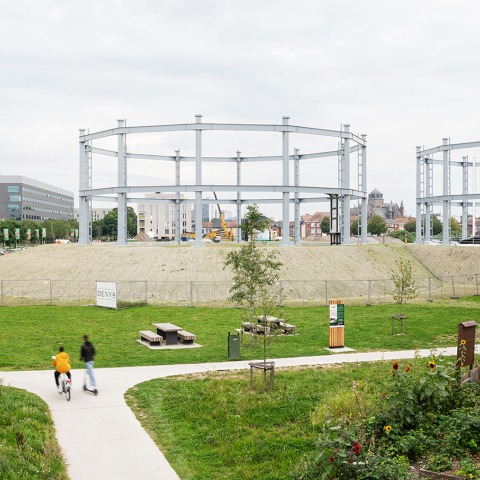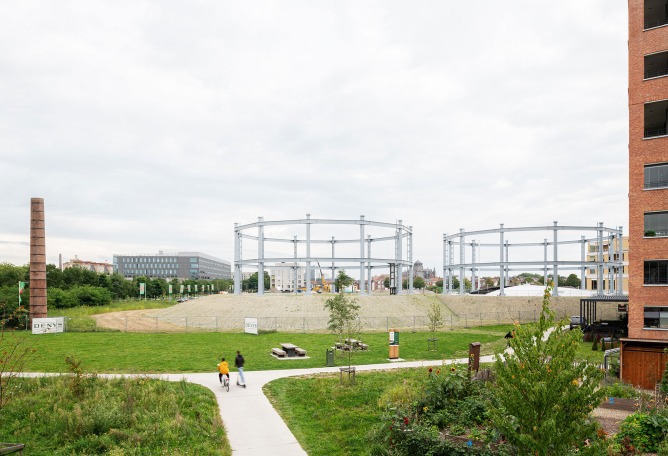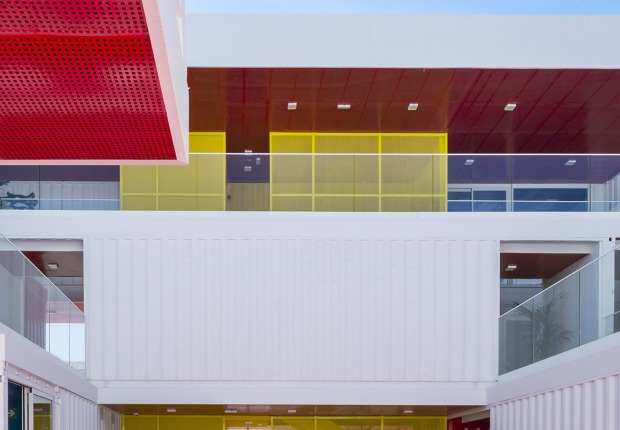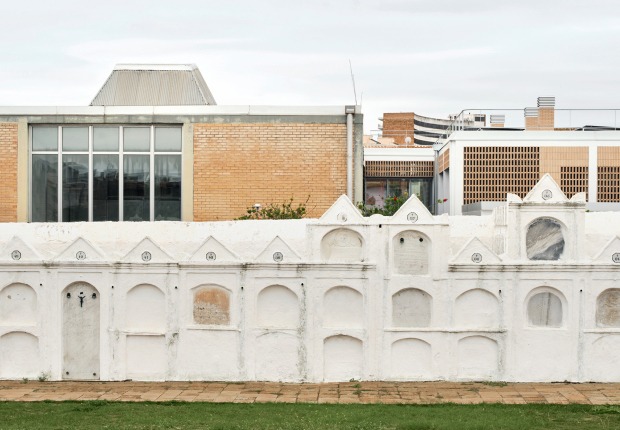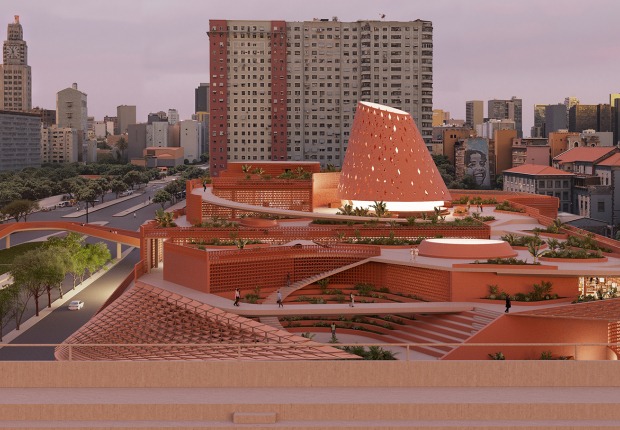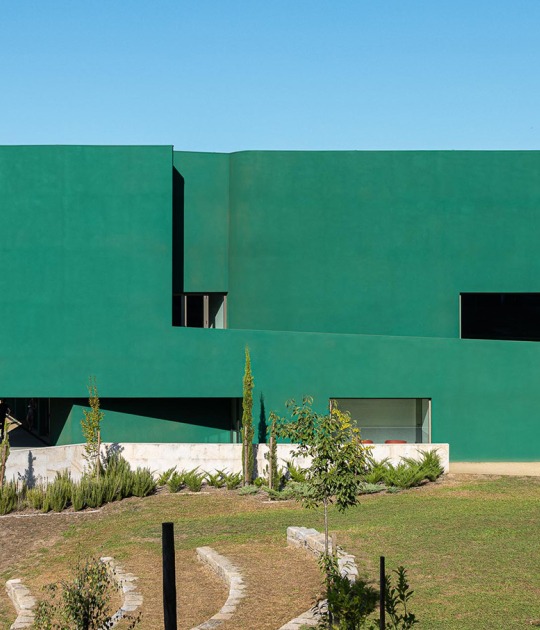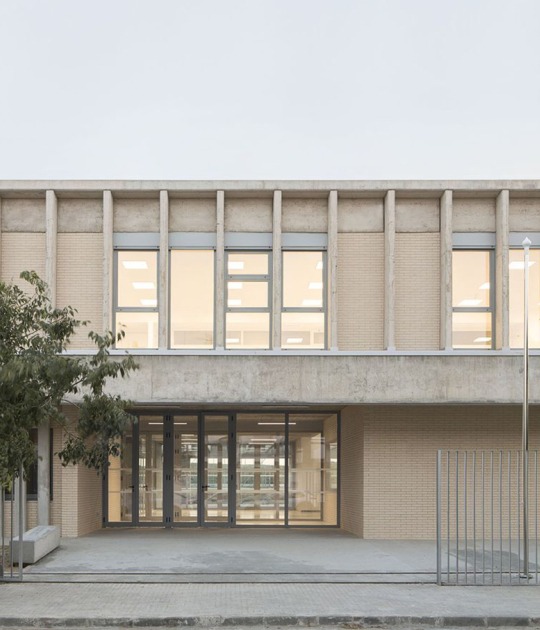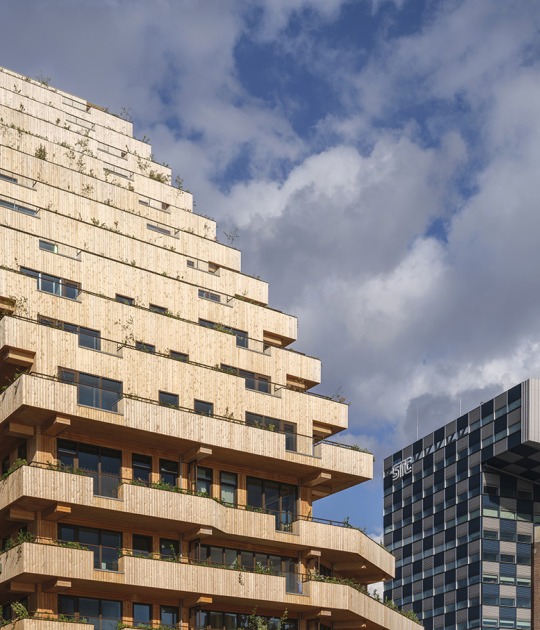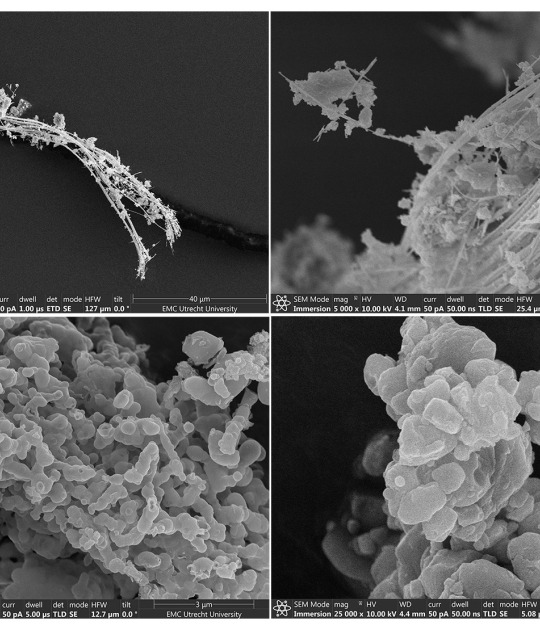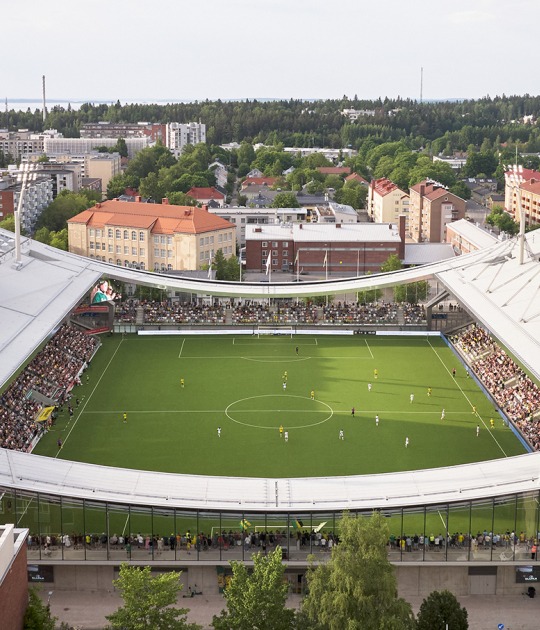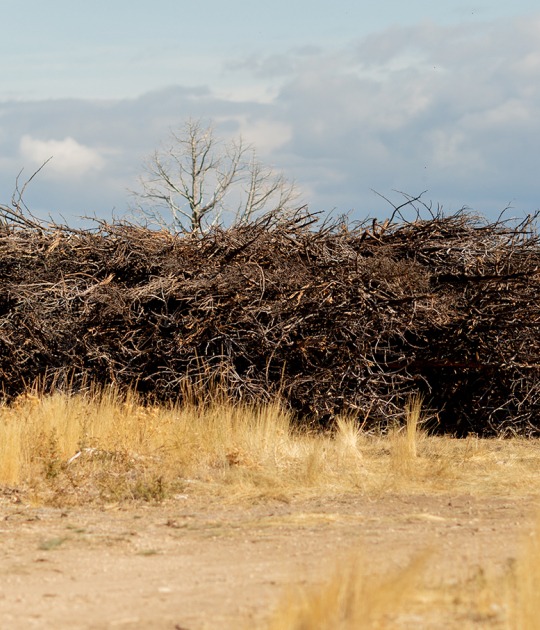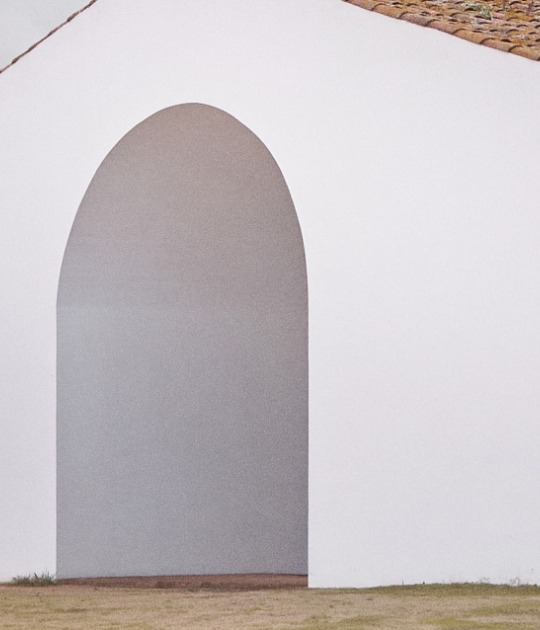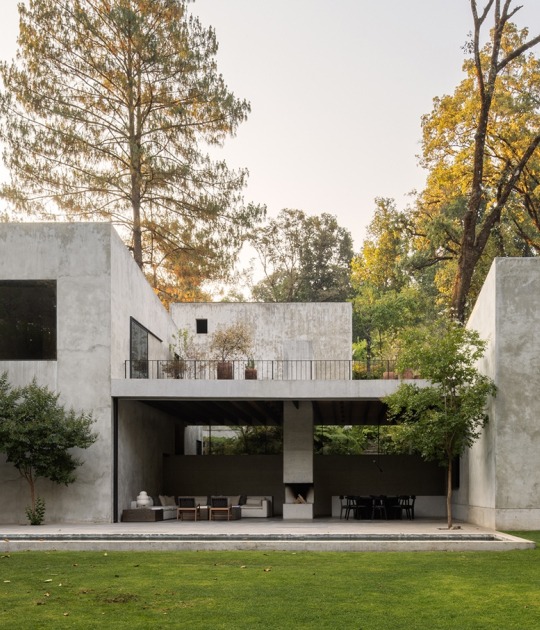The Museum of Industry brings the history of gasholders to life with information panels, viewers, and the Heritage app. The museum preserves the collection of the former Leuven Gas Museum and illustrates the history of gas production, gas distribution, and the use of gas in industry and households with all kinds of objects, photos, and stories.

Project description by B juxta architecten
In the middle of the Ghent neighborhood of Rabot, a completely new district will emerge in 2021: the Tondelierwijk. A green lung with space to live, work, live, and relax. In the same place, there was a gas factory, founded by the Compagnie du Gaz de Gand in 1881. Today, two monumental gas holders still remind us of that past. The two icons of Ghent were restored in 2020 and are part of the new neighborhood park. The Museum of Industry brings the history of gasholders to life with information panels, viewers, and the Heritage app. The museum preserves the collection of the former Leuven Gas Museum and illustrates the history of gas production, gas distribution, and the use of gas in industry and households with all kinds of objects, photos, and stories.
At the beginning of the 19th century, street lamps, factories, and public buildings were first lit with light gas or city gas. Later that gas also appears in the home. Town gas is produced in a gasworks by heating coal without the addition of oxygen. After cooling and purification, the gas is stored in gas holders and distributed through pipelines throughout the city.

Restoration of gasholders by B juxta architecten. Photograph by Michiel Vergauwe.
At the beginning of the 1940s, the Gasmeterlaan factory stopped producing gas. The facility will be largely demolished and the site will continue to serve as a gas distribution center. The remaining three gas carriers will continue to be used for the storage of city gas and, later, natural gas. In the 1980s they fell completely out of use. The largest of the three gas tanks will disappear under the mallet. The other two have been lost for decades. Fortunately, they have been preserved and protected as a monument since 1995.
At the beginning of the 20th century, gas tanks are common structures. You can find them all over the world, in every city. Still today you can see restored gasholders, gasholders given a new purpose, or simply remains of a gasholder, like in London, Barcelona, Duisburg, Amsterdam, Vienna... But most were demolished after the introduction of natural gas. The Ghent gas tanks are the only remaining examples in Flanders. A gasholder has been fully restored as a great open-air museum object. Through a viewing window in the gas hood, you can see the wooden support structure inside. The other gas reservoir is filled with sand and forms an impressive arena in the surrounding park.
